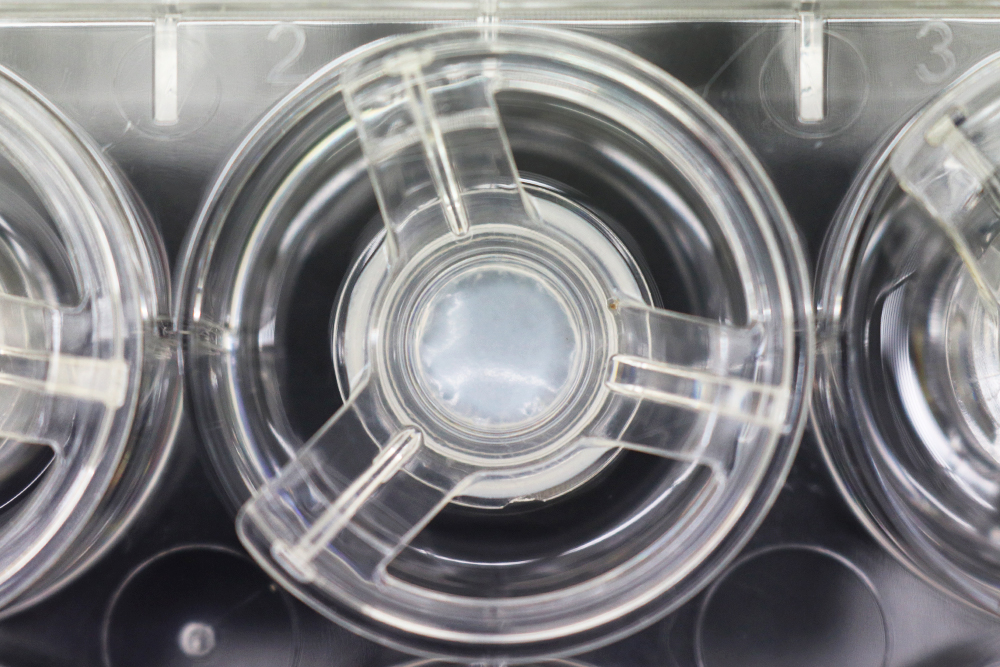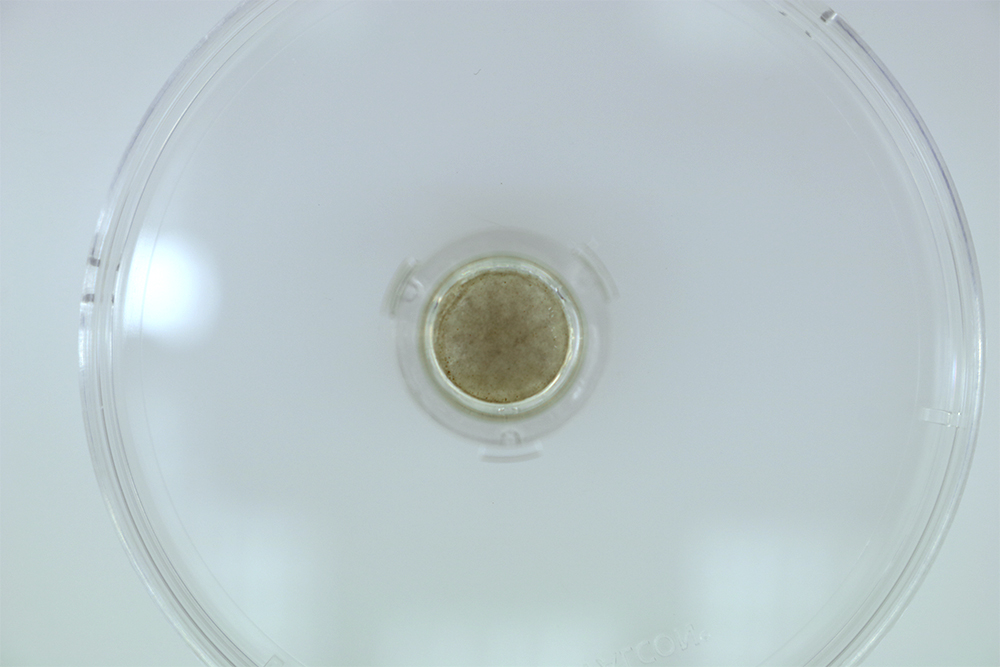
Cosmetics R&I and Reconstructed Skin
Reconstructed skin was developed in the early 1980s for skin transplantation for severely burned patients in the US. It was a crucial technology that could save lives by developing skin tissues in a lab for patients with burned area too wide for it to be treated with only the patient’s own skin transplant. Through subsequent follow-up studies, the scope of the use of reconstructed skin evolved to a model for skin research not only for the medical use for skin transplantation. At present, various models, such as skin, cornea, respiratory tract, have been developed and are used in various research. Traditionally, cosmetic research on skin efficacy and safety test started from cells followed by animal testing before conducting human clinical studies. However, from the 2000s, customers raised concerns and many voiced concerns about the sufferings of animals sacrificed for cosmetic research. Accordingly, in 2008, the European Union (EU) began establishing and implementing laws banning cosmetic animal testing. Today, most countries in the world ban animal testing in developing cosmetics. Amorepacific also complies with these laws. Since 2008, Amorepacific completely banned animal experiments by adopting reconstructed skin models as an alternative to cosmetic animal testing.

Alternative to Animal Testing Using Reconstructed Skin Models
Reconstructed skin is a living skin equivalent made by combining actual skin cells and structural components like collagen using tissue engineering technology. So, reconstructed skin shows high similarity with native human skin in both sturcture and function. Skin researchers focused on this and have observed its potential as a new medium to connect cellular experiments to clinical tests. Through about a decade of continued research and development, Amorepacific uses reconstructed skin models in various research areas, including skin pigmentation, skin aging, skin barrier, and skin regeneration. Amorepacific prevents unnecessary animal sacrifice by replacing animal testing with reconstructed skin models. Amorepacific also continues to expand the scope of research by developing new reconstructed skin models and applications.
